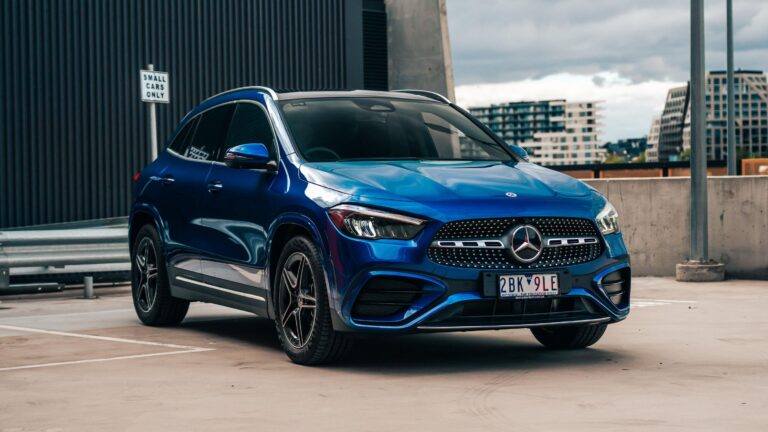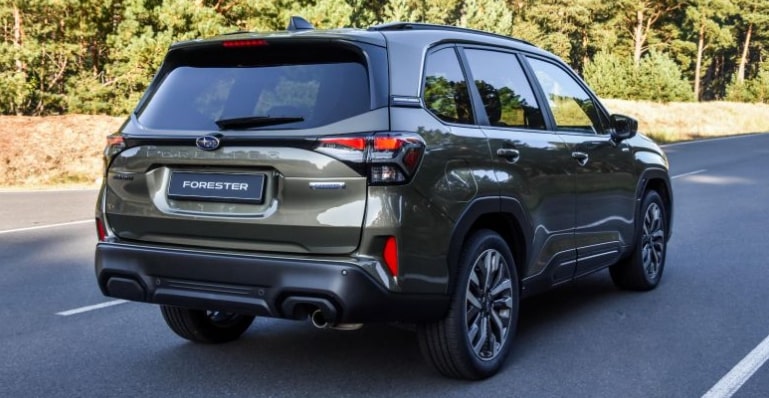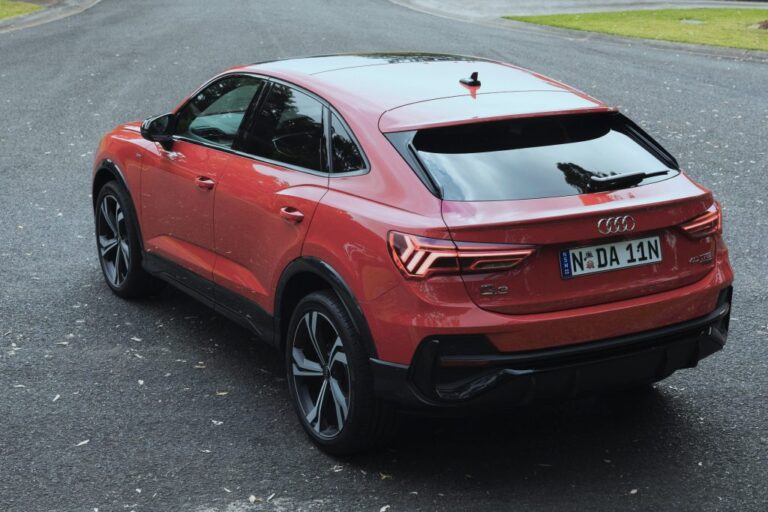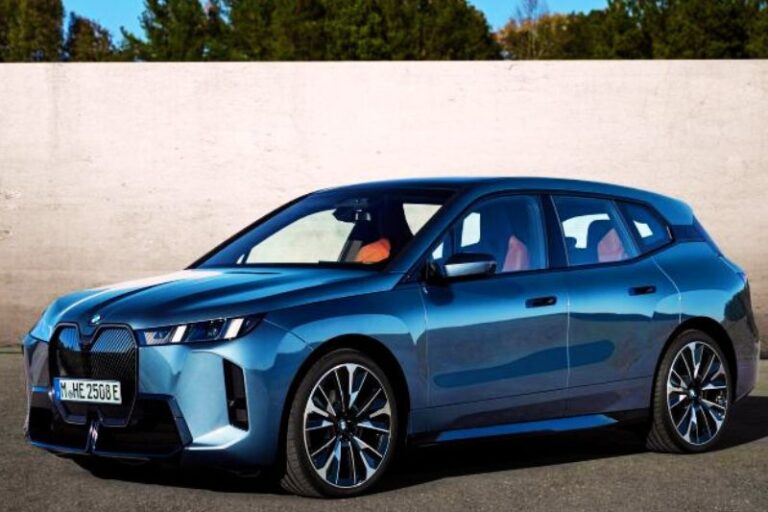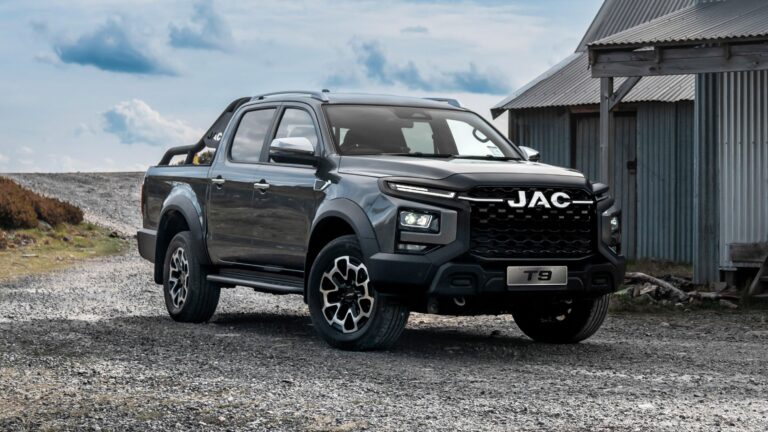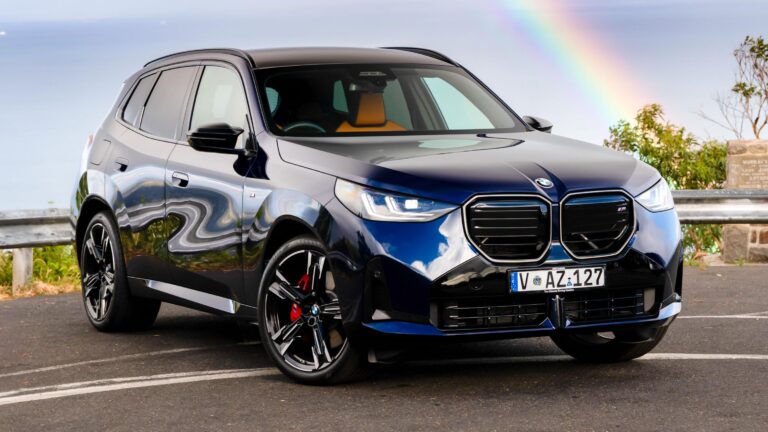Ford Ranger PHEV vs BYD Shark 6 vs GWM Cannon Alpha PHEV comparison: Spec battle
Three plug-in hybrid utes will soon be available in Australia, with the Ford Ranger PHEV joining the BYD Shark 6 and GWM Cannon Alpha PHEV in showrooms soon.
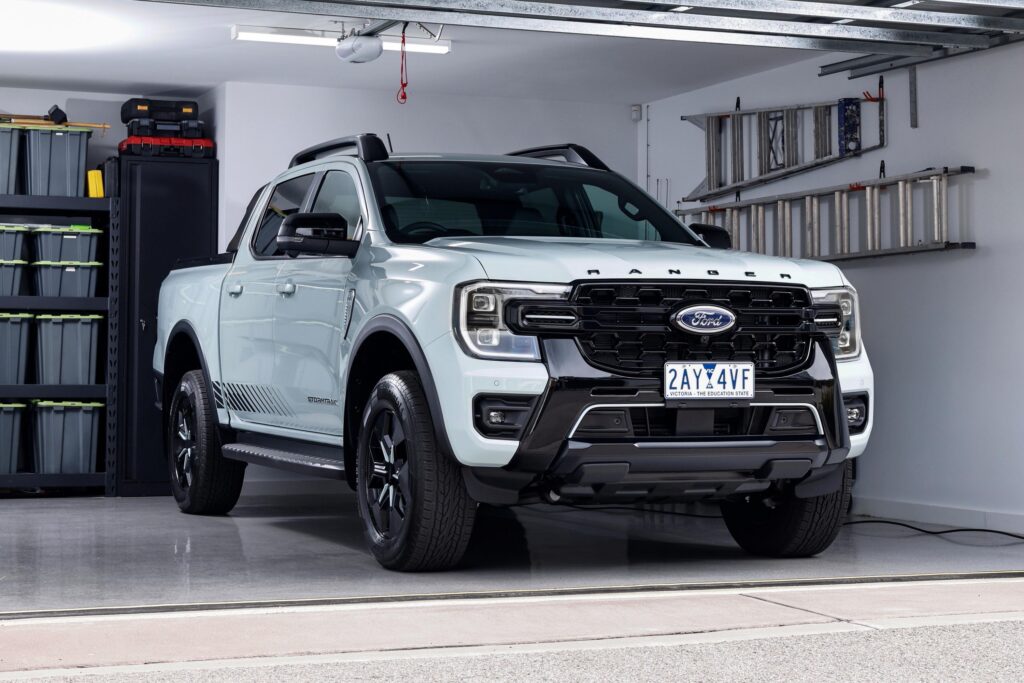
Ford this week announced pricing for its first Ranger PHEV lineup, with first customer deliveries set to begin in mid-2025. BYD began delivering the first Shark 6 in January, while the Cannon Alpha PHEV is due to arrive in April.
Each ute works in its own way, with the Cannon Alpha PHEV and Ranger PHEV showcasing the same off-road and towing capabilities as their fuel-powered siblings, while the Shark 6 is more of a lifestyle ute.
While we’ve driven the Shark 6 and Cannon Alpha PHEV, the Ranger PHEV has yet to launch. So – for now – we can only compare this South African-built electric dual-cab to its Chinese rivals on paper.
Now let’s take a look at the differences between these three plug-in hybrid utes, according to their spec sheets.
While the PHEV-only Shark is available in one high-grade variant (for now), the Cannon Alpha PHEV comes in two variants and the Ranger will be offered in four variants, including the PHEV-exclusive Stormtruck.
Ford Ranger Pricing
| Model | Pricing |
|---|---|
| BYD Shark 6 | $57,900 before on-road costs |
| GWM Cannon Alpha PHEV | $63,990 drive-away – Lux $68,990 drive-away – Ultra |
| Ford Ranger PHEV | $71,990 before on-road costs – XLT $75,990 before on-road costs – Sport $79,990 before on-road costs – Wildtrak $86,990 before on-road costs – Stormtrak |
An earlier version of this table stated the Cannon Alpha’s price excluded on-road costs. This has been amended to include drive-away pricing.
Ford Ranger Drivetrains and Efficiency
| Specifications | BYD Shark 6 | GWM Cannon Alpha PHEV | Ford Ranger PHEV |
|---|---|---|---|
| Engine type | 1.5L 4cyl turbo-petrol | 2.0L 4cyl petrol | 2.3L 4cyl turbo-petrol |
| Engine power | 135kW | 180kW | 138kW |
| Engine torque | 260Nm | 380Nm | 411Nm |
| Electric motor power | 170kW (front) 150kW (rear) | 120kW | 75kW |
| Electric motor torque | 310Nm (front) 340Nm (rear) | 400Nm | TBC |
| Total power | 321kW | 300kW | 207kW |
| Total torque | 650Nm | 750Nm | 697Nm |
| Transmission | Single-speed, reduction gear | 9-speed automatic | 10-speed automatic |
| Drive type | e-AWD | 4×4 | Full-time 4×4 |
| Battery capacity | 29.58kWh | 37.1kWh | 11.8kWh |
| Fuel consumption (claimed) | 2L/100km (SoC 25-100 per cent) 7.9L/100km (SoC <25 per cent) | 1.7L/100km | 2.9L/100km |
| Electric-only range (claimed) | 100km | 110km | 49km |
| Maximum AC charge rate | 7kW | 6.6kW | 3.5kW |
| Maximum DC charge rate | 55kW | 50kW | – |
| Kerb weight | 2710kg | 2775kg | 2527-2692kg |
| Payload capacity | 790kg | 685kg | 808-973kg |
| Braked towing capacity | 2500kg | 3500kg | 3500kg |
Dimensions
| Dimensions | BYD Shark 6 | GWM Cannon Alpha PHEV | Ford Ranger PHEV |
|---|---|---|---|
| Length | 5457mm | 5445mm | 5350mm |
| Width (exc. mirrors) | 1971mm | 1991mm | 1924mm |
| Height | 1925mm | 1924mm | 1871mm-1883mm |
| Wheelbase | 3260mm | 3350mm | 3270mm |
| Approach angle | 31 degrees | 28.5 degrees | 28.9-30.2 degrees |
| Departure angle | 19.3 degrees | 23 degrees | 23.9-24.7 degrees |
| Ramp breakover angle | 17 degrees | 19 degrees | 19.6-20.6 degrees |
| Wading depth | 700mm | 800mm | 800mm |
Servicing and Warranty
| Ownership | BYD Shark 6 | GWM Cannon Alpha PHEV | Ford Ranger PHEV |
|---|---|---|---|
| Warranty | 6 years/150,000km (vehicle) 8 years/160,000km (battery) | 7 years/unlimited kilometres (vehicle) 8 years/unlimited kilometres (battery) | 5 years/unlimited kilometres Battery TBC |
| Roadside assistance | 12 months (renews at each service) | 5 years | 12 months (renews for up to seven years when servicing on time) |
| Service intervals | 12 months or 20,000km (whichever comes first) | TBC | TBC |
Safety
The BYD Shark 6 is the only one of the three utes to have been tested by ANCAP. The independent safety authority is yet to confirm whether the Cannon Alpha PHEV and Ford Ranger PHEV will carry across the safety ratings from their existing siblings.
| Category | BYD Shark 6 (2025) | GWM Cannon Alpha (2024)* | Ford Ranger (2022)* |
|---|---|---|---|
| Adult occupant protection | 85 per cent | 84 per cent | 84 per cent |
| Child occupant protection | 87 per cent | 93 per cent | 93 per cent |
| Vulnerable road user protection | 74 per cent | 82 per cent | 74 per cent |
| Safety assist | 86 per cent | 81 per cent | 83 per cent |
| ANCAP rating | 5 stars | 5 stars | 5 stars |
*Non-PHEV ratings
All models are equipped with:
- Autonomous emergency braking (AEB)
- Car, pedestrian, cyclist detection
- Adaptive cruise control with stop/go
- Blind-spot monitoring
- Front and rear parking sensors
- Lane departure warning
- Lane-keep assist
- Rear cross-traffic alert
- Reversing camera
- Traffic sign recognition
- Tyre pressure monitoring
Additional safety features are available across the three Utes, either as standard equipment or as optional extras.
Standard Equipment
The list of standard features available on each of these three Utes is exhaustive, mainly due to the fact you can buy the Cannon Alpha in two grades and the Ranger PHEV in four.
Here’s how the key equipment across them compares.
| Equipment | BYD Shark 6 | GWM Cannon Alpha PHEV | Ford Ranger PHEV |
|---|---|---|---|
| Headlights | LED | LED | Halogen – XLT LED – Sport Matrix LED – Wildtrak and up |
| Wheel size | 18-inch | 18-inch | 17-inch (XLT) 18-inch (Sport and above) |
| Brakes | Discs front, rear | Discs front, rear | Discs front, rear |
| Suspension | Front – double wishbone Rear – double wishbone | Front – double wishbone Rear – leaf-spring solid | Front – double wishbone Rear – leaf-spring solid |
| Power outlets | V2L via 4x 230V outlets (1x cabin, 3x tub) | V2L, up to 3300W | 3x outlets, 1x 2300W in cabin, 2x 3450W in bed |
| Digital instrument cluster | 10.25-inch | 12.3-inch | 8.0-inch |
| Infotainment touchscreen | 15.6-inch | 12.3-inch | 12.0-inch |
| Sound system | 12-speaker Dynaudio | 6-speaker (Lux) 10-speaker Infinity (Ultra) | 6-speaker (XLT and Sport) 10-speaker Bang and Olufsen (Wildtrak and above) |

